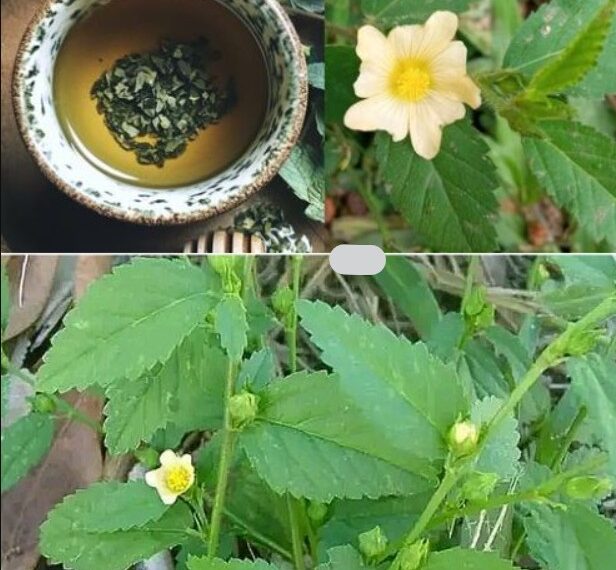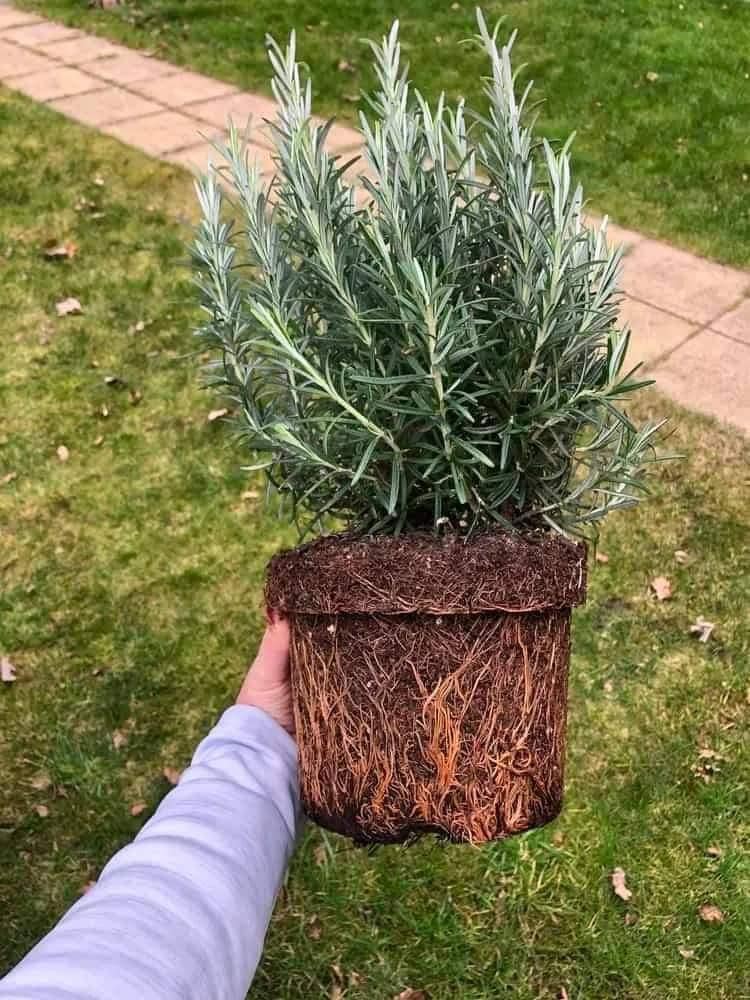Purslane is often found in gardens, sidewalks, and disturbed soils. It’s one of the richest plant-based sources of omega-3 fatty acids and also contains magnesium, potassium, and antioxidants. Some studies even suggest it may help regulate blood sugar and reduce oxidative stress.
4. Chickweed (Stellaria media)
Chickweed is another wild green loaded with nutrients, including vitamin C, iron, and calcium. It’s often used in salves and ointments to soothe skin conditions like eczema and rashes. Internally, it acts as a mild diuretic and supports weight loss and inflammation control.
Resilience: The Secret Superpower of Weeds
What makes these plants so remarkable isn’t just their usefulness—it’s their tenacity.
Weeds grow where nothing else dares to. They push through concrete cracks, thrive in depleted soil, and survive long droughts or flooding rains. This stubbornness isn’t just botanical defiance—it’s evolutionary brilliance.
These plants are designed to adapt and flourish in unstable environments. Their deep roots break up compacted soil, improve drainage, and draw up nutrients from below the surface. They cover bare ground quickly, preventing erosion and acting as natural mulch. In doing so, they prepare the earth for more delicate plant life to grow—literally paving the way for ecosystems to regenerate.
In permaculture and regenerative agriculture, many weeds are seen as pioneer species. They’re the first to arrive when land is damaged or disturbed, and they play a crucial role in healing the earth.
Weeds as Healers of the Earth—and Ourselves
It’s no coincidence that the most stubborn weeds are often the most medicinal. Nature, in her quiet wisdom, tends to place remedies right where they’re most needed. That weed growing next to your driveway might be exactly what your immune system craves. That patch of green popping up in a forgotten field might hold the antidote to modern stress, pollution, or inflammation.
Many of today’s pharmaceutical compounds are synthesized from or inspired by wild plants, including weeds. Willow bark (the basis for aspirin), yarrow, nettle, and red clover—all once considered weeds—have found their place in both traditional and modern medicine.
When we pull them out and throw them away, we’re not just disrupting ecosystems—we’re ignoring the pharmacy at our feet.
Cultural Wisdom: Weeds in Folk Medicine and Tradition
In indigenous cultures and folk medicine traditions around the world, weeds are anything but worthless. They are revered.
- In Traditional Chinese Medicine, wild herbs like mugwort and shepherd’s purse are used to treat a variety of ailments.
- In Ayurveda, plants like gotu kola and dandelion are considered essential for detoxification and mental clarity.
- In Native American practices, goldenrod, plantain, and yarrow were used for wound healing and purification.
These plants have stories—passed down from grandmothers, medicine men, and local healers. They are part of our collective botanical memory, a legacy we risk forgetting in our rush toward manicured perfection and chemical solutions.
Reclaiming Our Relationship With Wild Plants
Modern landscaping and agriculture have taught us to view wild plants as enemies to be eradicated. But the time has come to rethink our relationship with these resilient green allies.
What if, instead of fighting weeds, we started listening to them? Observing what they’re telling us about the soil, the environment, and even our own health?
- A yard filled with dandelions might indicate compacted or nutrient-poor soil.
- An abundance of plantain suggests disturbed or heavily trafficked land.
- Chickweed often appears in fertile, moist soil—maybe your garden is more fertile than you think.
By learning to read the language of weeds, we can gain insights into both our ecosystems and ourselves.
From Weed Killer to Weed Curator: A Shift in Mindset
Instead of rushing for the weedkiller, consider adopting a more balanced approach. Not every weed needs to be pulled. Some can be harvested, eaten, brewed, or left to do their regenerative work.
Of course, invasive species and aggressive spreaders must still be managed with care. But for many common weeds, there’s wisdom in coexistence.
Try creating a “wild corner” in your garden—an area where beneficial weeds can grow freely. Use them in teas, tinctures, or salads. Teach children to recognize and respect them. Start a wild plant journal and document what grows naturally in your space.
In doing so, you’re not just gardening. You’re participating in a dialogue with the land.
The Humble Wonder We Walk Past Every Day
In the end, weeds are more than just persistent plants—they are symbols. Symbols of resilience, adaptation, overlooked wisdom, and the balance between chaos and control. They remind us that not everything of value comes wrapped in neat rows or cultivated in pots.
Some of nature’s greatest treasures grow wild, free, and uninvited.
So the next time you see a patch of clover, a burst of chickweed, or a proud dandelion head pushing through the pavement, take a moment to pause. Ask yourself what it might be offering—not just to the bees or the soil, but to you.
Beneath their humble appearance, weeds carry the strength of survival, the grace of healing, an





